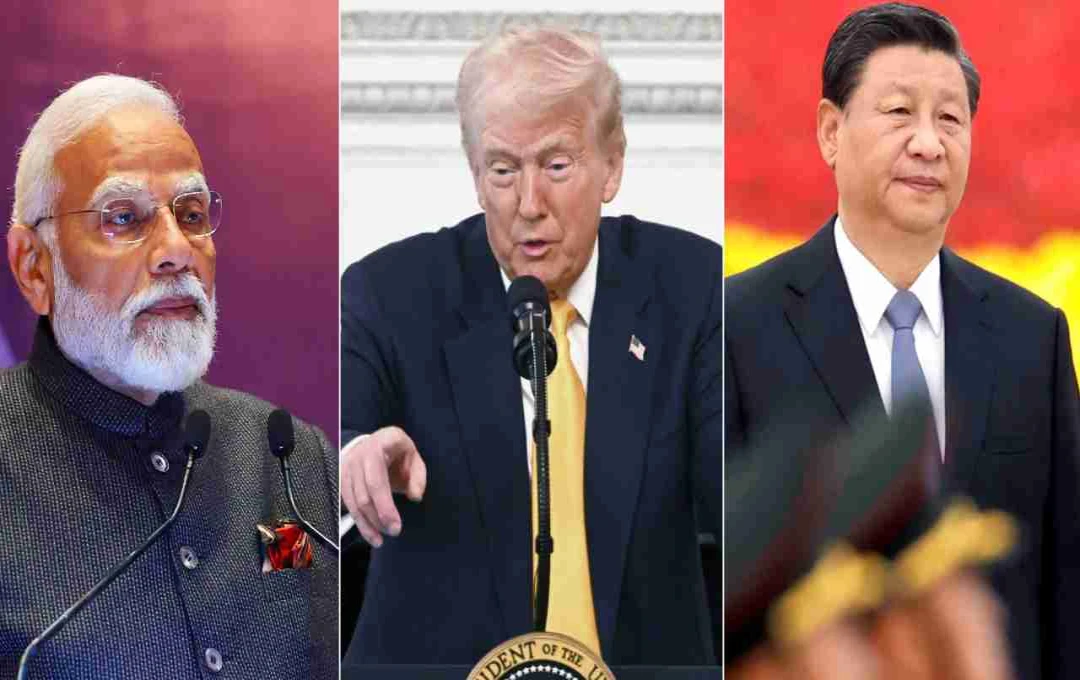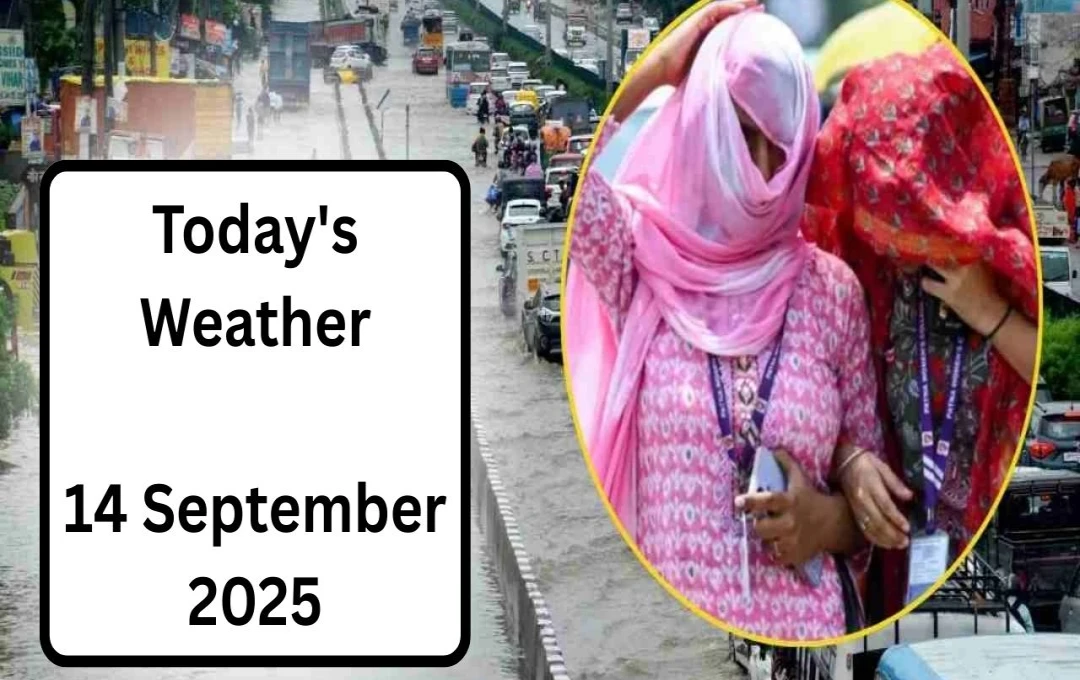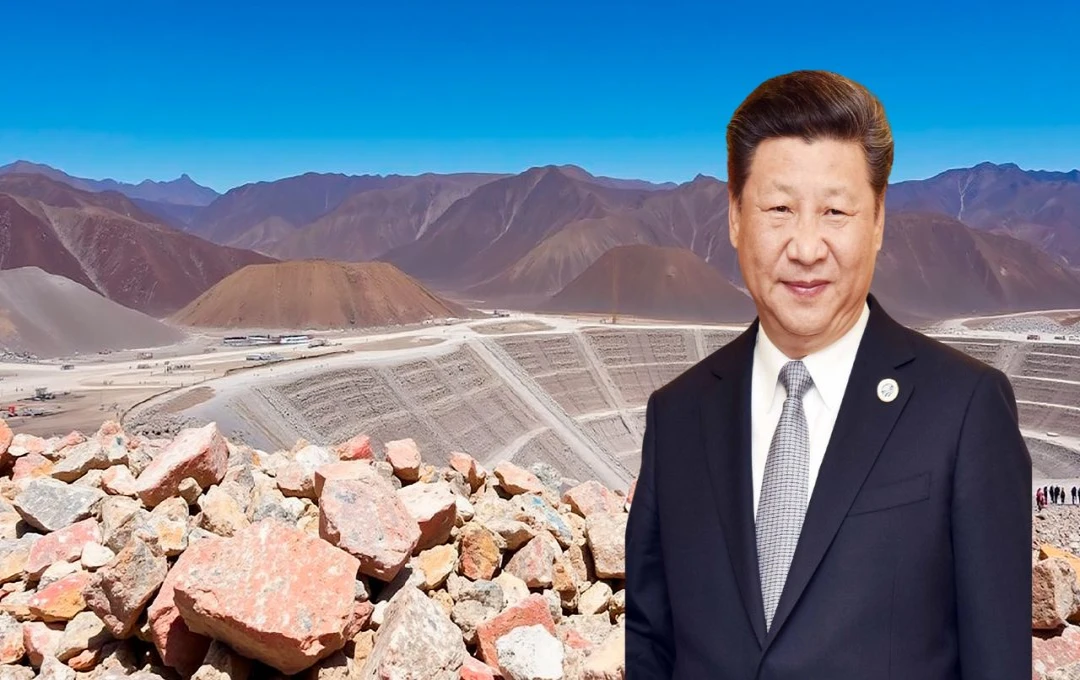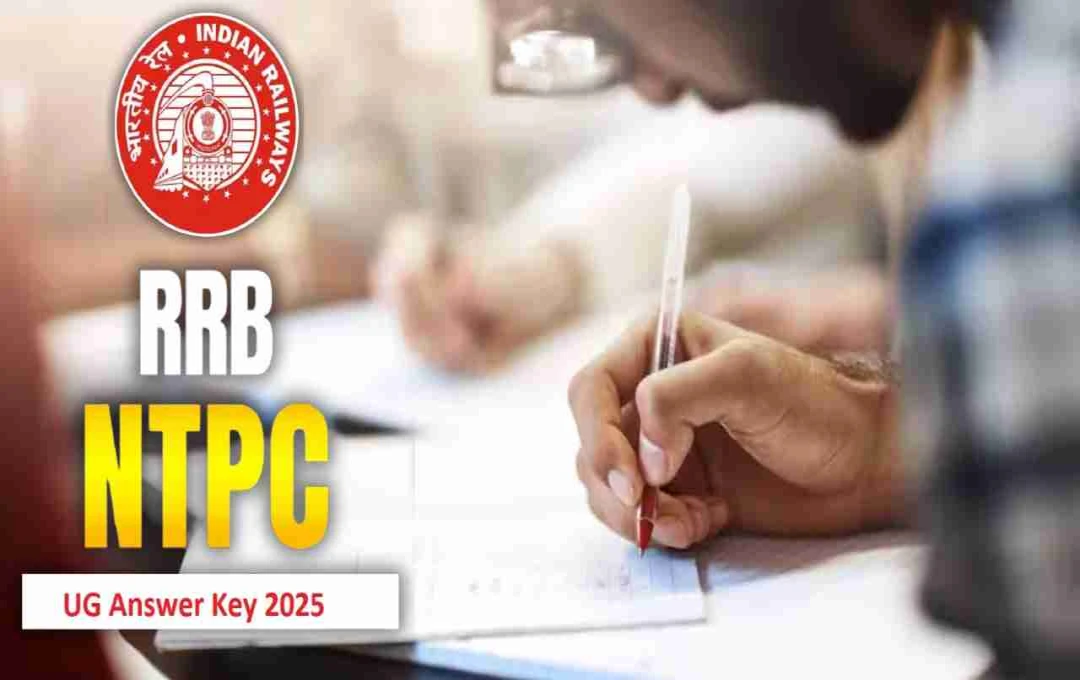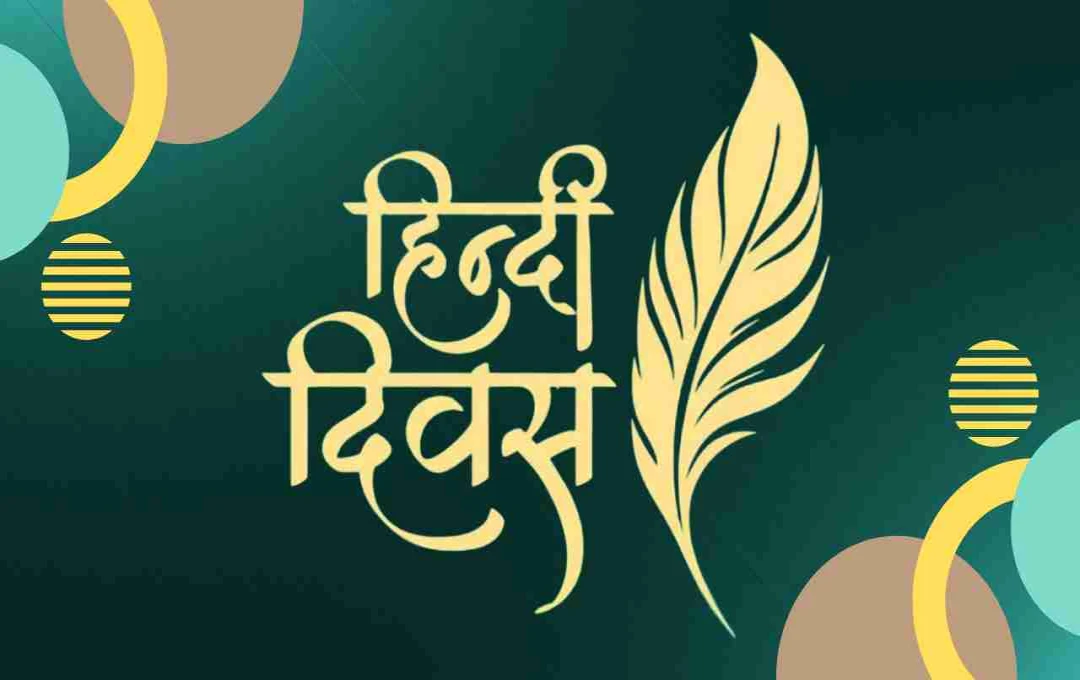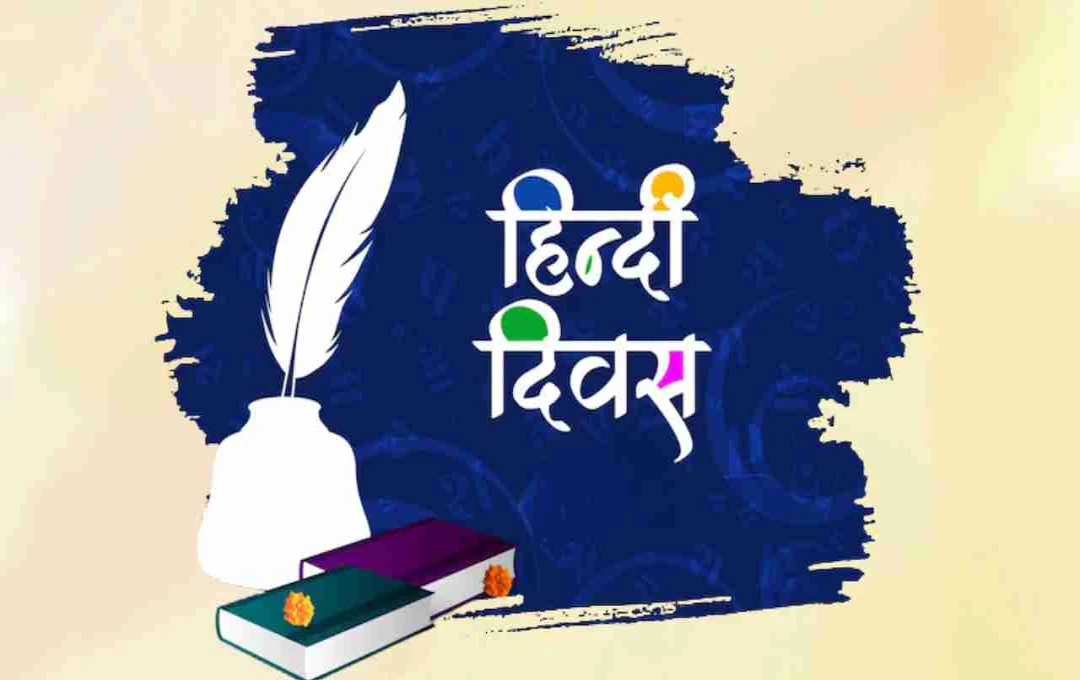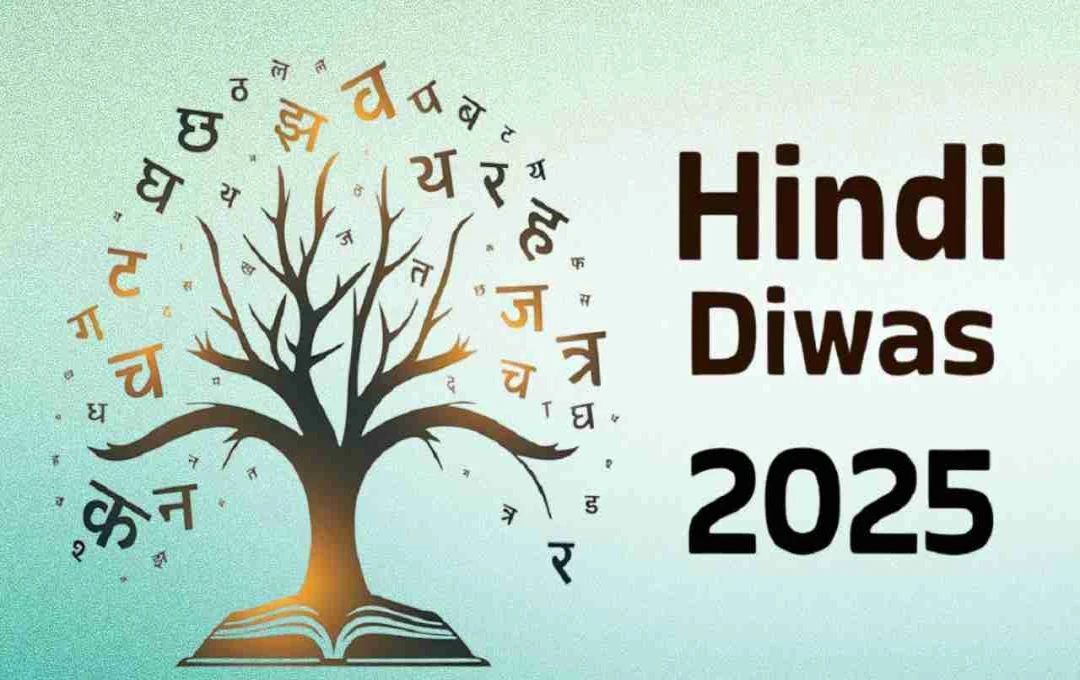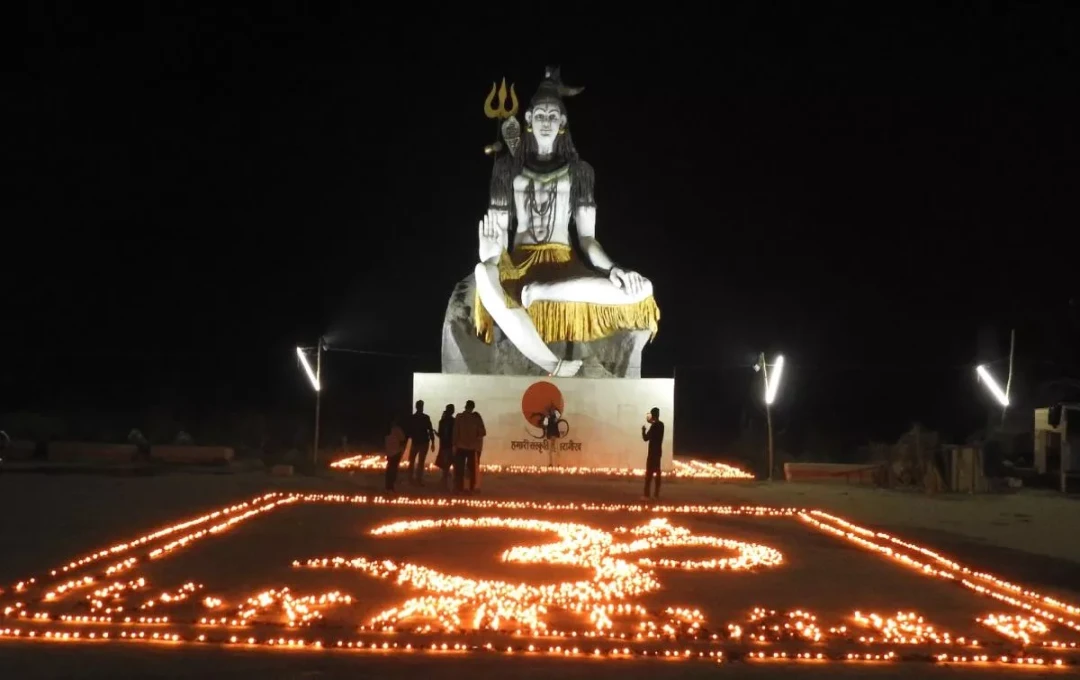Donald Trump's policies have reshaped global geopolitics. Amidst American aggression, a thaw is visible in relations between India and China. Both countries are moving towards a new path of cooperation and balance.
Changed The World Scene: Donald Trump's behavior and policies have often been surprising for the world. He says one thing in the morning, something else in the evening, and by night his stance changes again. But despite his uncertainty, a step has been taken after Trump's return that has begun to alter the entire equation of global politics. In February 2025, a picture of Trump was released from the White House, showing him wearing a golden crown and a regal smile on his face. The caption of that picture read "Long live the King." This was not merely symbolic, but a clear indication of his way of thinking and policy.
Aggressive 'America First' Policy
Trump's 'America First' agenda is once again dominating the world. He is constantly pressuring his old allies to enter into new trade deals with the United States, or be prepared to face heavy tariffs. From Europe, Japan, and South Korea to Brazil and the Gulf countries, everyone has been given a deadline of August 1st. Trump's policy is changing not only global trade markets, but also geopolitical equations.
Impact on India and China's Equations in Asia
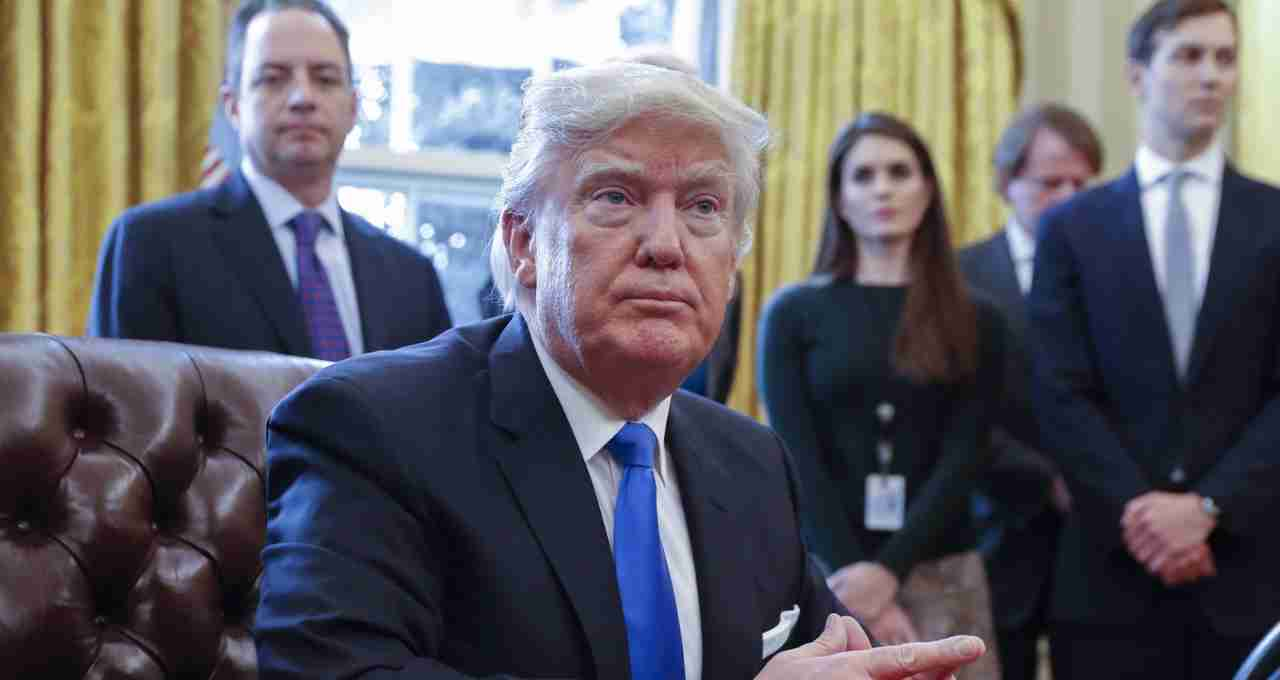
In Asia, Trump's policies have also indirectly affected the relations between India and China. Both countries, which have long been embroiled in border disputes and strategic competition, now appear to be moving towards a new approach. The reason is America's changing strategy, which is putting pressure on both countries' economies. Trump's stance is forcing both India and China to set aside their differences and cooperate for common interests.
Increasing Dialogue Between India and China
In the past few months, there have been discussions between India and China at various levels. India has resumed tourist visas for Chinese citizens, which were suspended after the Galwan conflict. China has welcomed this step by India and described it as positive. The 34th meeting of the Working Mechanism for Consultation and Coordination (WMCC) on border affairs between the two countries was also held in Delhi, in which the outline for future talks was decided.
S Jaishankar and Xi Jinping's Meeting
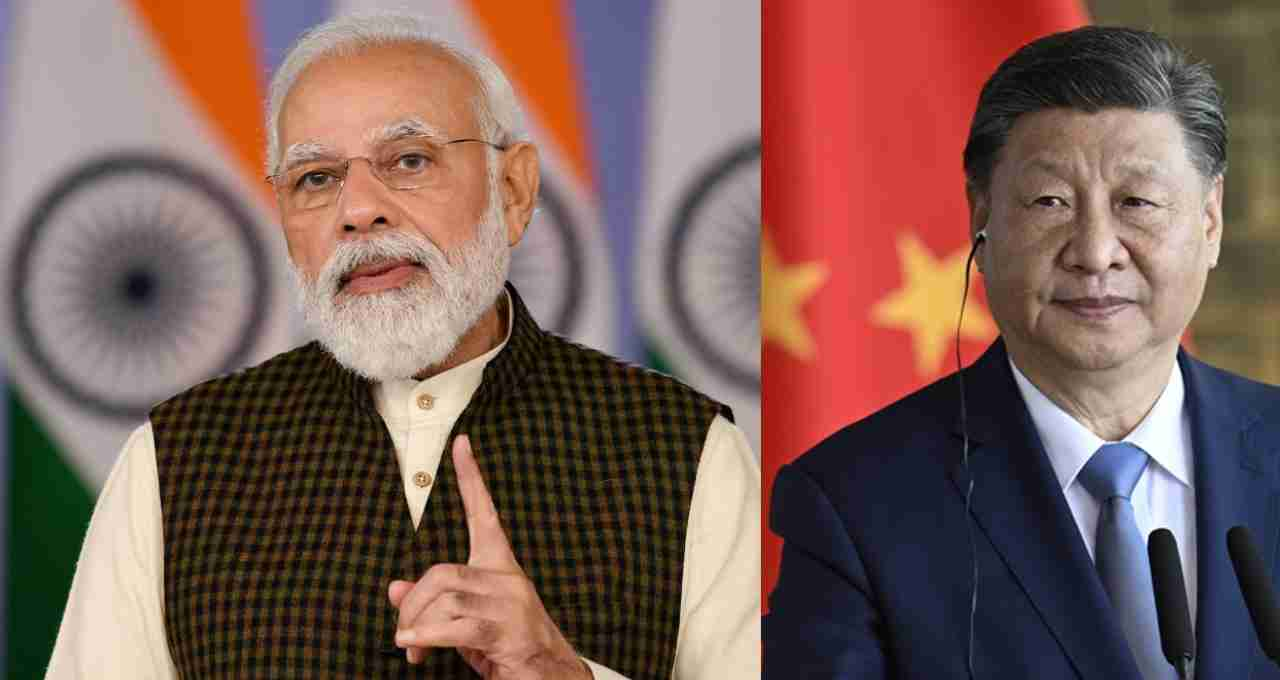
The visit of India's Foreign Minister S Jaishankar to China and his meeting with President Xi Jinping during the SCO meeting also indicated that both countries are moving towards improving relations. A few weeks prior to this, Defense Minister Rajnath Singh also visited China. These events indicate that both countries have started prioritizing mutual dialogue.
Restoration of Direct Flights and Pilgrimages
India and China have discussed resuming direct flights to each other's countries, which were suspended due to COVID-19 and border disputes. In addition, China has issued more than 85,000 visas to Indian citizens in 2025, especially for pilgrimages. The Chinese Ambassador to India has also invited Indians to visit China. This is an important initiative towards strengthening social and cultural ties between the two countries.
Can China Become India's New Soviet Union?
In international politics, there are no permanent friends or enemies, only national interests. During the Cold War, India's largest strategic and economic ally was the Soviet Union. In today's global scenario, when America's policy is to exert unilateral pressure, China could become a new strategic option for India. Although there are differences between the two countries, common interests and America's aggressive policy could bring them to a common platform.
The Challenge of India's Strategic Independence
India's global identity has been as a Non-Aligned Nation. Even today, India is trying to protect its interests without being tied to any one pole. But America's policy, which shows pressure politics instead of equal partnership, has become a challenge for India. For example, the United States openly threatened India and warned of imposing tariffs for buying oil from Russia.
